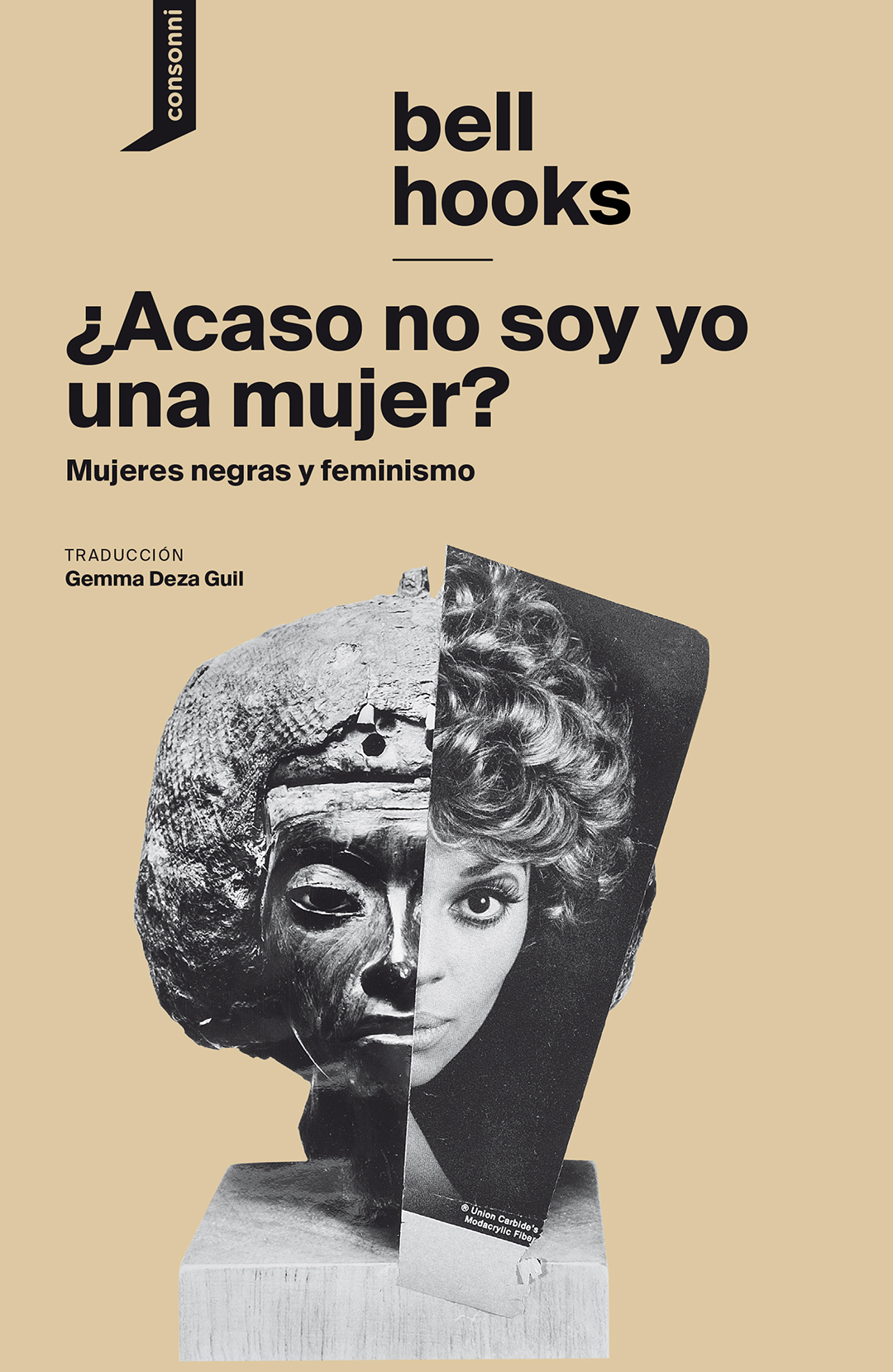¿Acaso no soy yo una mujer? Mujeres negras y feminismo
Title: ¿Acaso no soy yo una mujer?
Author: bell hooks
Publisher: Consonni
Size: 215 x 139 mm
280 pages
Edition: 2020
Language: Spanish
Cover Image: Lorna Simpson
Translation: Gemma Deza Guil
Design: Rosa Llop
ISBN: 978-84-16205-56-1
22.50€
Estamos trabajando en nuestra web, de momento no es posible comprar libros través de nuestra tienda online. Para cualquier consulta escríbenos a info@artslibris.cat
Availability: In stock
“One of the twenty most influential books written by women in the last 20 years” -Publishers Weekly
This is one of the first major works by writer and activist bell hooks. Originally published in 1981, it has steadily gained recognition as an influential work in feminist thought. This classic essay is now translated into English for the first time. It examines the oppression that black women have suffered and continue to suffer from the 17th century to the present day.
In ¿Acaso no soy yo una mujer? Mujeres y feminismo hooks explores several recurring themes in her later work: the historical impact of sexism and racism on black women, the roles of the media and the educational system in the representation of black women, the idea of a white capitalist-supremacist patriarchy, and the disregard for race and class within feminism. hooks insists that the struggles to end racism and sexism are intertwined and focuses her writing on the intersectionality of race, capitalism and gender.
Since the publication of this book, hooks has become an eminent political thinker and cultural critic who begins her reflection with her signature: bell hooks is a combination of her mother’s and grandmother’s first and last names written in lower case, according to her, because ideas should be capitalised, thus criticising the capitalist habit of overvaluing proper names.





